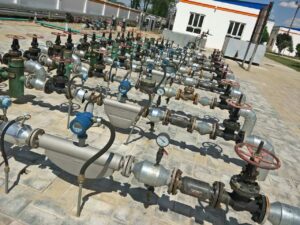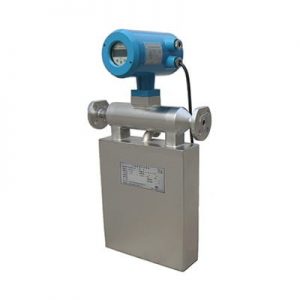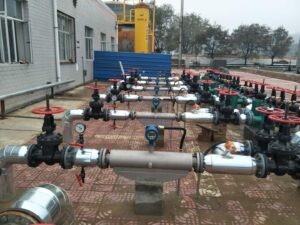High-viscosity liquid medium refers to liquids with high viscosity such as crude oil, heavy oil, and residual oil. In the past, volumetric flowmeters were mostly used to measure this type of liquid, and some other flowmeters such as target flowmeters were also used, but these flowmeters directly measured the volume of the liquid, not the mass, and the measurement results were affected by parameters such as temperature and viscosity. The impact is great.
At present, when measuring the flow rate of high-viscosity liquids, Coriolis mass flowmeters have been used in many places to replace the above-mentioned flowmeters, and good application effects have been achieved.
Application practice shows that Coriolis mass flow meters are suitable for working in high-viscosity liquid media, with good reliability and high accuracy. But in its use, there are also some problems to pay attention to, such as the high viscosity of the medium, it is easy to stick to the wall of the measuring tube, forming a “wall hanging” phenomenon, which will affect the vibration frequency of the measuring tube and reduce the accuracy of the measurement. Spend. When the process conditions are intermittent feeding, this problem should be paid more attention to.
“Wall hanging” is mainly eliminated by pipeline purge and good heat tracing. In addition, from the perspective of pipeline process technology, the high viscosity of the medium will cause a large pressure loss at the flowmeter.
The pressure drop produced by the Coriolis mass flowmeter varies with design and selection, but it is generally slightly larger than other flowmeters. This is because the diameter of the measuring tube is generally smaller than the diameter of the process tube; the measurement of the tube by the mass flowmeter Causes an increased liquid flow rate.
The above problems need to be taken seriously when the liquid viscosity is high and the mass flow meter is installed in a low-pressure system. When the liquid viscosity is quite high and close to non-Newtonian fluid, the liquid may have an unpredictable high viscosity when flowing in the pipeline, (because the measured static viscosity of the sampled liquid is different from the actual viscosity in the flowing state), which is disadvantageous to the process Impact.
At this time, the inlet and outlet pressures of the pipeline and the pressure drop factors of the entire pipeline must be considered together.



